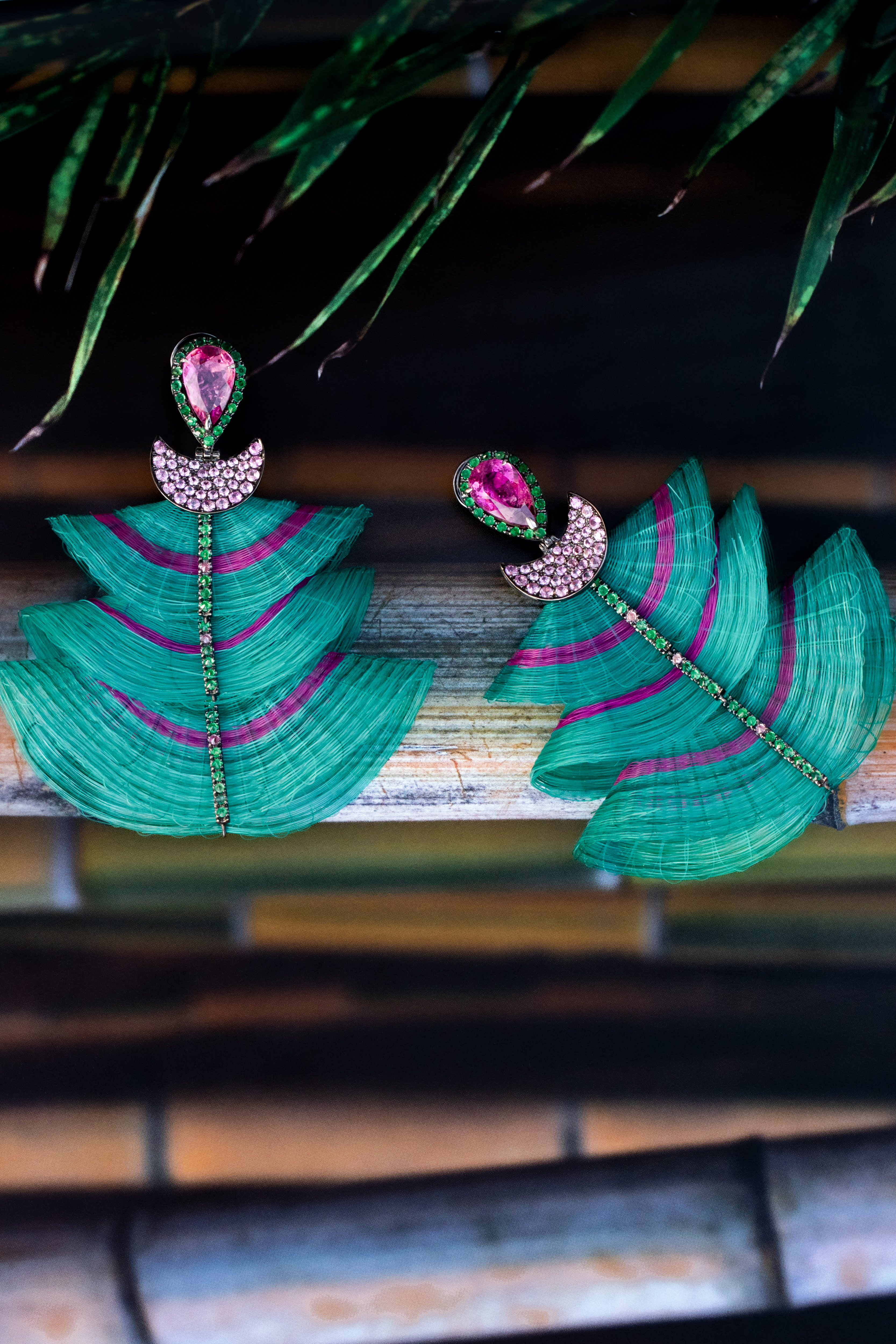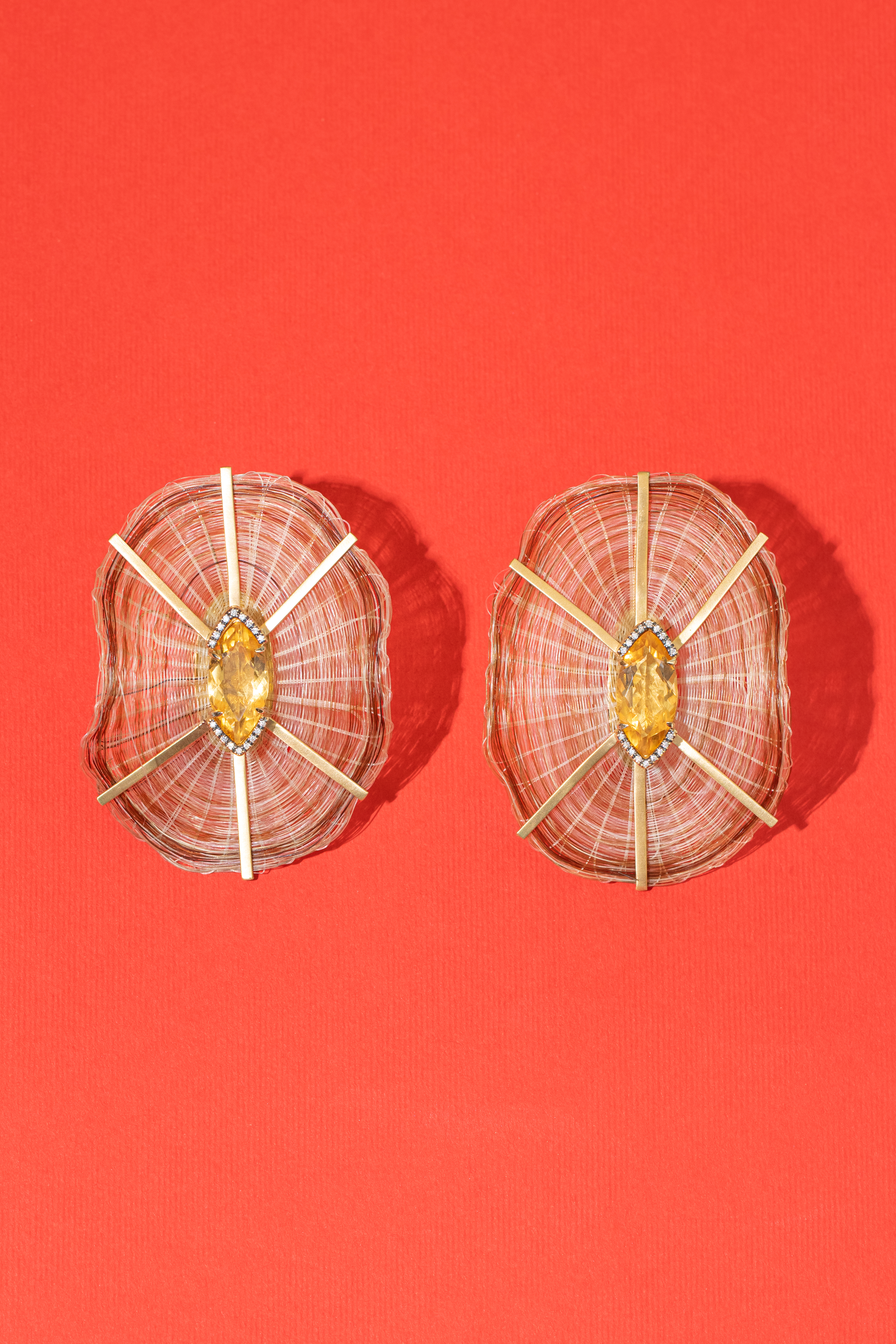PRESS
For all enquiries
press@silviafurmanovich.com

Silvia Furmanovich is pleased to announce her new capsule collection, utilizing a type of loom with horse mane and rattan.
Known for her daring creations, she draws inspiration from non-traditional materials and techniques from all corners of the world.
During a trip to Chile, Furmanovich discovered a rural village where she became enamored with horse mane weaving. This centuries-old technique, handed down from mother to daughter, has inspired a new collection using this unique material.



In recent years, the growing emphasis on sustainability has renewed the preference for natural fibers, leading to innovative uses for distinctive textiles, including horse mane.
The use of horse mane as a textile material dates back to ancient times. Before the advent of synthetic fibers, textile materials were sourced exclusively from natural fibers, which were widely utilized across various periods and regions of the world.

Known for its durability and unique texture, horse mane fabric was a preferred material in high-end tailoring, particularly among the affluent. Beyond clothing, it was also valued in home decor, upholstery, and wig making.
In a remote rural area of Chile, this unique fiber is revived by a community of female artisans who pass their knowledge of weaving horse mane from mother to daughter. This craft connects generations of women who create intricate handicrafts, including miniature flowers, animals, butterflies, and more.

PROCESS
COLLECTING AND PREPPING THE MANE
As part of grooming, horse mane is collected. The initial step involves cleaning the fibers and soaking them for a few hours in fabric softener to make them easier to comb.
DYING THE MANE
For dyed pieces, the mane undergoes a process similar to dyeing other natural fibers. As the mane is delicate, this process requires careful attention. Once the fibers acquire the desired color, they are removed from the water, rinsed and dried in the open air.
CREATING THE “IXTLE”
To create the intricate weavings, artisans first create a frame of the figure with a plant fiber called “ixtle” or “tampico.”
WEAVING
The final step is weaving the desired form or shape. Interweaving the horse mane through the “ixtle” frame shapes the figure, allowing the artisans to create the seams that secure the mane.

“I try to emphasize that this is not just my idea and my work. It is the collective creativity of many people coming together. When a person buys a piece of my jewelry, it carries the story of all the people involved in its creation.”
- Silvia Furmanovich